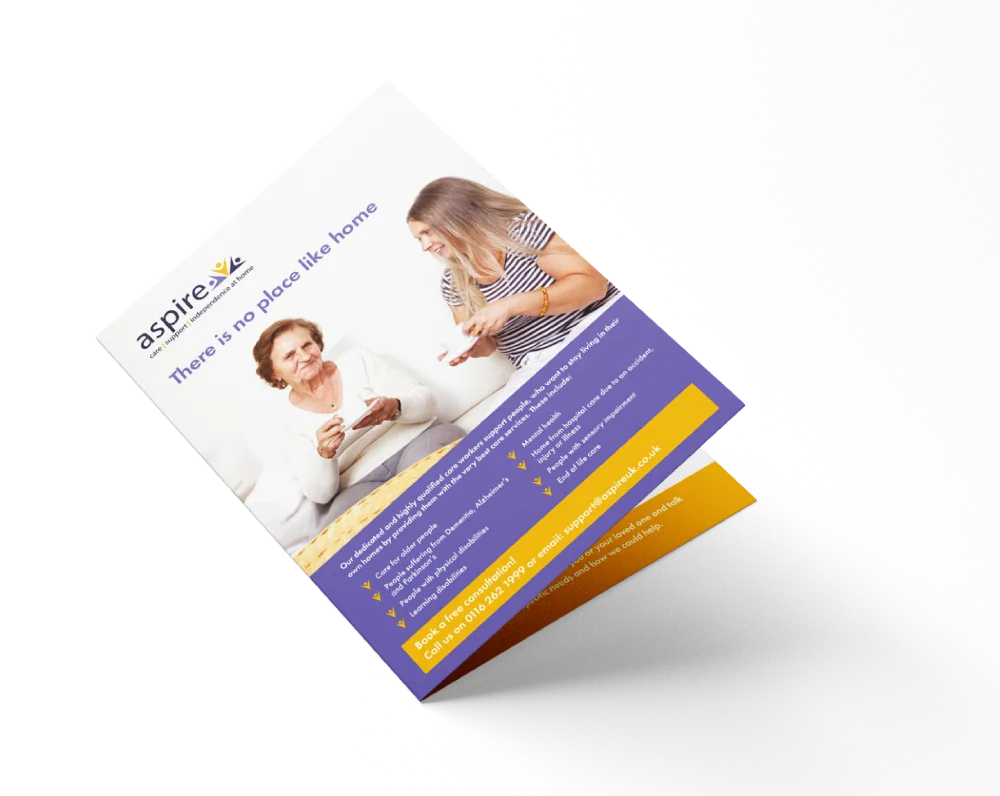Eating well is part and parcel of leading a healthy life, but what happens when that becomes a challenge? Today, doctors perform a procedure known as a gastrostomy to help patients with conditions that make it difficult to eat and drink. A gastrostomy is also known as a “feeding tube” or a “G-tube.”

In this guide, we will introduce you to the basics of gastronomy care and feeding at home to ensure you or your loved ones have the right resources to navigate this experience safer and more comfortably.
What is a gastrostomy?
A gastrostomy is a medical procedure in which a feeding tube is inserted through the stomach wall and into the stomach. This allows food and liquids to be directly delivered to the stomach, bypassing the mouth and oesophagus.
Gastrostomies are often performed on people who have difficulty swallowing or are unable to take in enough food and liquids by mouth. They may also be used to deliver nutrition directly to the stomach for people who have trouble digesting food. Today, there are two types of gastrostomy tubes: percutaneous endoscopic gastrostomy (PEG) tubes and feeding jejunostomy (FJ) tubes. PEG tubes are inserted through the skin and into the stomach, while FJ tubes are inserted through the side of the rib cage and into the small intestine.
Why do people with gastrostomy need home care?
If you or a loved one has a gastrostomy, it is important to learn how to properly care for the feeding tube and stomach stoma (the opening where the tube enters the stomach). This will help prevent infection and ensure that the gastrostomy is functioning properly.
Home care for people with gastrostomies usually includes wound care, tube care, and feeding instructions.
Wound care: It is important to keep the skin around the gastrostomy stoma clean and dry. The best way to do this is to wash the area with soap and water every day. You should also check the stoma for any signs of redness, swelling, or discharge. If you notice any of these, contact your doctor or home care nurse.
Tube care: It is important to clean the gastrostomy tube every day. The best way to do this is to use mild soap and water. You should also check the tube for any cracks or leaks. If you notice any of these, contact your doctor or home care nurse.
Feeding instructions: If you are using a gastrostomy to receive nutrition, it is important to follow your doctor’s or dietitian’s instructions carefully. This will help ensure that you are getting the right amount of calories and nutrients. Gastrostomy feedings can be given through gravity or by using a pump. Gravity feedings are given by hanging a bag of formula or food from a hook and allowing gravity to pull the liquid into the stomach. Pump feedings are given by using a special pump to slowly deliver formula or food into the stomach.
What are the benefits of gastrostomy care and feeding at home?
Firstly, it is a safe and effective way to feed a person. The tube is placed into the stomach through the skin on the abdomen and neck, so it cannot be removed by accident.
This can also be done at home with the help of a care worker who knows how to perform gastrostomy care. Feeding at home may also mean that you don’t have to go as often to appointments or clinics for treatment—that’s good news if you’re caring for someone who has limited mobility or other health problems that make travelling difficult!
It is also a good way to provide nutrition to someone who is not able to eat on their own (like those with dementia). For example, many people use this method when recovering from surgery or illness; others use it because they want more independence but still need help with eating properly each day.
Moreover, it’s less expensive than other options such as hospitalisation or long-term nursing home care—and safer too! Because these methods require medical professionals’ time and training plus specialised equipment (such as feeding tubes), they come out costing thousands of dollars per year—more than most families can afford without insurance coverage (which isn’t always possible either). Gastrostomy care allows patients’ families to take responsibility for helping them meet their nutritional needs without breaking their budget in order to keep loved ones safe from infection while reducing risk factors associated with malnutrition.”
Make your life easier with supported gastrostomy care and feeding
If you or your loved one is experiencing feeding tube care, it can be a challenge to find the right resources. If you have any questions or concerns about gastrostomy care and feeding, or how this is linked to the wider umbrella of complex care at home, please contact us today. You can also reach out to us at Aspire UK if you’re looking for the support of a professional care worker as you undertake this journey!

